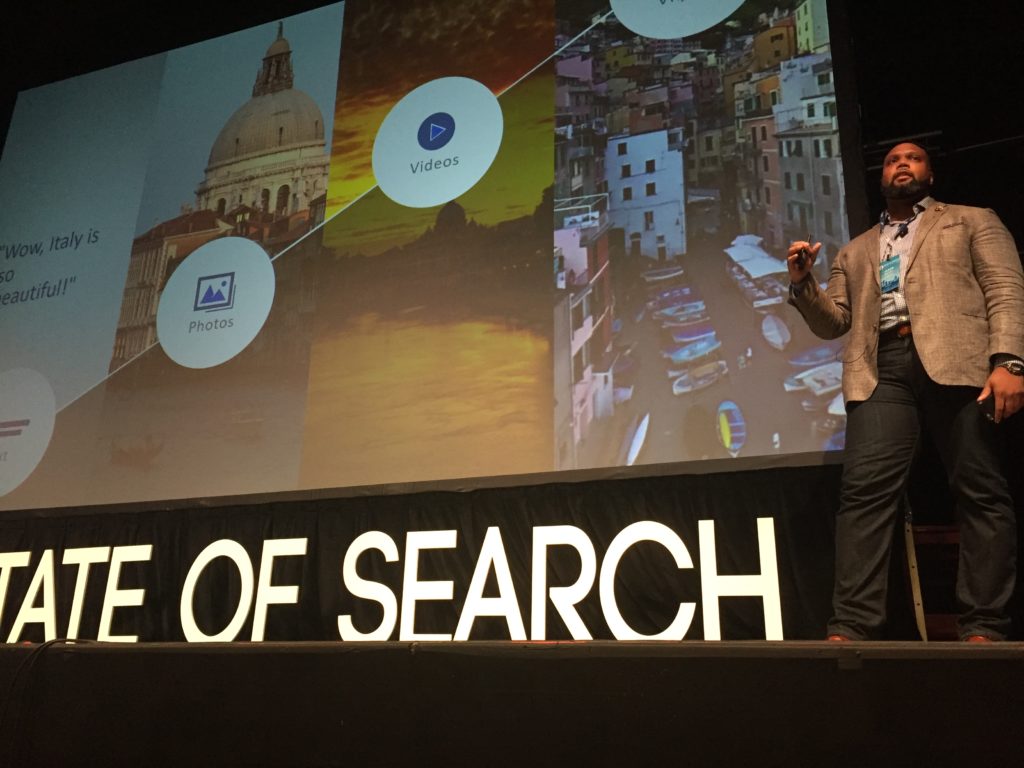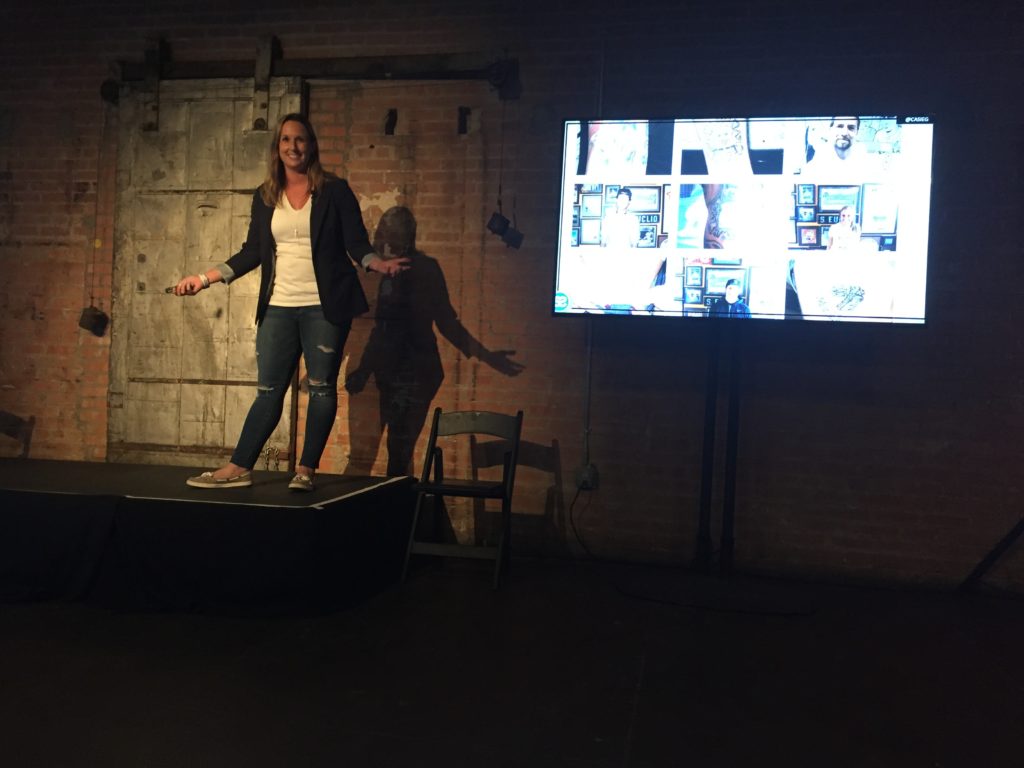October 13th, 2017
Earlier this week, I attended the State of Search conference for the second time in the last three years, hosted by the Dallas-Fort Worth Search Engine Marketing Association (DFWSEM) in Dallas, Texas. Over the course of the two day show, the agenda covered a variety of hot topics ranging from search engine optimization, content marketing, paid search and social, to organic social media marketing. While my focus was set on paid search and social sessions, I also popped in to other sessions to stay up to date on other best practices, gather ideas to share with clients that may benefit them in areas outside of advertising, and learn tactics that I could potentially implement within my own business. In addition to acquiring knowledge from some top notch speakers, I caught up properly with a number of friends and industry peers, had some invaluable one on one’s, and made several great new connections.
While there was a wealth of information, recommendations, and food for thought shared in sessions, here are some key takeaways, interesting stats, and themes from State of Search this year:
Video Marketing
Jason Dailey of Facebook took the stage on day one to share mobile and video insights. Video is turning into the primary format of communication and brands need to jump into that space if they want to remain relevant, stand out, and continue to drive business online.
He shared several ways brands can use video to create visual surprises by highlighting key elements, exploring different frames, and showcasing your brands visual story. Jason recommended adding captions to get your message across to those who may have their sound off or that may be hearing impaired. He also recommended adding light weight motion to creatives in Facebook Ads, such as subtle movements like cinemagraphs, slideshows, or straight up videos, as they will increase conversions and drive CPA down. Overall, focus on creating mobile friendly video content that is compelling, easy to understand even with no sound, and is device appropriate.

Content Marketing
Casie Gillette of KoMarketing, a B2B marketing agency in Boston shared the importance of goals when it comes to content. In order to meet your business objectives and to help your prospects, your content has to have goals. If you have an instructional video that can help your potential customers, get your brand on YouTube, which will then get them into remarketing through ads and your email funnel, in which you can test other messaging and eventually drive customers to convert once they have a positive experience with you.
If you’re stuck on generating topics for your content, Casie recommended a creative way to find topics using Answer The Public, a fantastic tool to search for common questions, which you can craft content around by answering them. In addition, Keywordtool.io, BuzzSumo, and SEMrush offer excellent tools to check themes and see where people are asking questions (e.g. Yahoo, Quora, etc.), as well as keyword analytics.

Themes
There were a number of noticeable themes from speaker to speaker, across sessions:
Website load speed: “40% of people abandon a site if it doesn’t load after 4 seconds”, said Jason Dailey of Facebook. If your page load time is higher than 4 seconds, work towards optimizing your site to improve the load time.
User experience (UX): We’ve been hearing this for years, but if your site isn’t mobile-friendly, and many still aren’t, it’s time to make them so. And just because it’s responsive, doesn’t necessarily mean that they provide a seamless and mobile-friendly experience. Jason Dailey of Facebook stated that “49% of people say they would purchase more on mobile if it were easier.” With more users on mobile devices, make sure it looks clean, intuitive, functions well in a single column, isn’t overbearing with ads that slow down the load time. Providing users with a good experience, in both mobile and desktop will help increase conversions and lower your bounce rate.
Provide value: offer people something free and of value, such as an ebook. Make it helpful, useful, and interesting so that it helps them with a problem they may be experiencing. Once you do this, they’ll much more likely become your brand ambassadors, end up converting, and even referring your products and services to their friends and family.
Interesting Stats
Did you know?
- “People are 4x more likely to make a purchase when referred by a friend.”
- “The average voice query length is 4.2 words.”
- “68% of people access mobile while shopping in store.”
- “68% of people access mobile while they watch TV.”
- “Mobile creates 30B moments to reach your target audience every day.”
- “The human brain processes images 60K times faster than words.”
- “Humans only need to see an image for 13 milliseconds before recognizing it.”
Unable to attend this year? Check out the conversation on Twitter through the #StateOfSearch hashtag and join us next year!
Share: